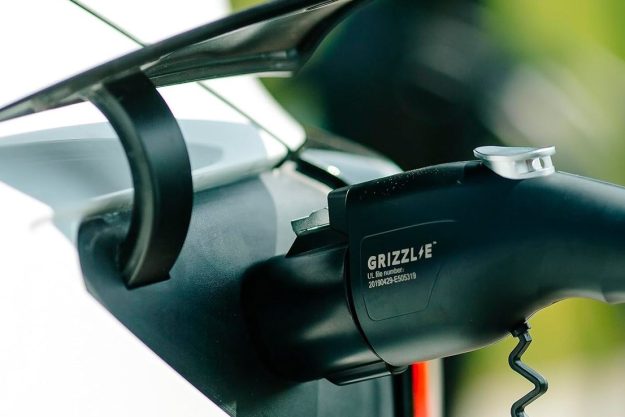When Nissan unveiled the Titan XD pickup truck last year, it said the Cummins diesel-powered rig would be the flagship of the new Titan lineup, and that a more modest, more conventional model would eventually follow. That model debuted at the 2016 Chicago Auto Show, and is known simply as the 2017 Nissan Titan.
Although it looks almost exactly the same as the XD, this is actually the “standard” version of the Titan, with many differences under the skin. Whereas Nissan styles the Titan XD as a segment buster that combines the capability of larger heavy-duty trucks with the fuel economy and packaging of a half ton, the “regular” Titan’s mission is much less complicated. It just needs to take on established players like the Ford F-150, Chevrolet Silverado, and Ram 1500.
The non-XD Titan is built on a completely different chassis; Nissan says that even the lug nuts are different. That chassis is 14.7 inches shorter than the XD’s, although the Titan is exactly as wide as its big brother, and shares a cab with it.
Somewhat disappointingly, the Titan seems to share most of its styling with the rather unfortunate-looking XD. Nissan previously said the Titan would get a different front fascia, but apparently it didn’t have too many changes in mind. Unlike the XD, the Titan at least gets multiple cab options, including a Single Cab, King Cab, and Crew Cab, and multiple bed sizes. Truck buyers like options.
While the XD gets a 5.0-liter Cummins turbodiesel V8 option, the “standard” Titan only gets gasoline engines. It will launch with the 5.6-liter V8 that’s also available in the XD, with 390 horsepower and 401 pound-feet of torque. It’s mated to a seven-speed automatic transmission. A V6 engine will arrive at a later date.
The 2017 Nissan Titan will take the fight to the Detroit Three this summer. Pricing will be announced closer to its arrival in showrooms.
Editors' Recommendations
- Nissan employs certified smellers to check the odor of its new cars
- 2020 Nissan Sentra banishes boring styling, as well as its turbocharged engine
- Nissan turns the Titan XD pickup truck into a smarter, better-behaved brute
- Nissan’s Leaf follow-up will become its best-selling electric model
- For Volkswagen, the electric ID.3 is more than a new car. It’s a new chapter


